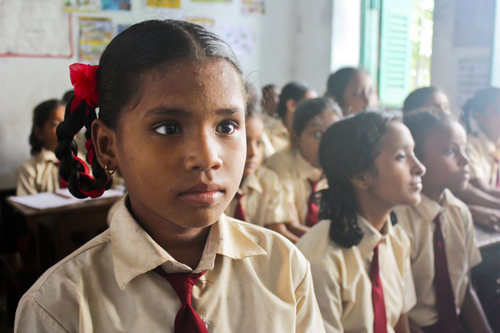
Girl Rising is the feature film to be released on March 7th, which tells the unforgettable stories of nine real and remarkable girls from Peru, Haiti, Egypt, Sierra Leone, Afghanistan, Ethiopia, India, Nepal and Cambodia. The girls’ stories are narrated by Meryl Streep, Anne Hathaway, Cate Blanchett, Salma Hayek, Alicia Keys, Chloe Moretz, Freida Pinto Priyanka Chopra, Selena Gomez and Kerry Washington.
This hauntingly moving film also reveals some harrowing facts. Sixty-six million girls are out of school worldwide. Girls are the victims of 80 percent of all human trafficking crimes. Girls and women are the victims of 75 percent of the AIDS cases in Sub-Saharan Africa, the region hardest hit by this disease. One hundred and fifty million girls are victims of sexual violence in a single year and 50 percent of all the sexual assaults in the world are on girls under 15. Fourteen million girls under 18 will be married this year and, tragically, the number 1 cause of death for girls 15 – 19 is childbirth. A girl born on Planet Earth has a 1 in 4 chance of being born into poverty. And yet…. If India enrolled 1 percent more girls in secondary school, their GDP would rise by $5.5 billion. Girls with 8 years of education are 4 times less likely to be married as children. A child born to a literate mother is 50 percent more likely to survive past the age of 5. A girl with an extra year of education can earn 20 percent more as an adult, and educated mothers are more than twice as likely to send their children to school. Is it any surprise that a revolution is brewing and that girls are beginning to rise up?
I asked the Academy-Award nominated director of Girl Rising, Richard E. Robbins, along with some internationally minded students, Rachel Levi, Kaoruko Mochizuki, Flicky Dodsley, Maud Paulis, and their teacher, Ms. Audrey Enriquez of The Dwight School, to share thoughts and perspectives on the issues raised in the film Girl Rising as well as on the global community’s next steps to finding solutions.
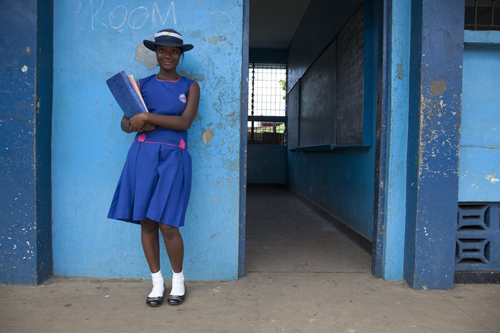
What did you think of the film Girl Rising? What did you take away with you after screening the movie?
Ms. Enriquez: I thought it was a very unique, creative and intelligent way to engage the audience. It was like weaving a hauntingly beautiful tapestry together — first stitched with sadness, then with hope. My favorite parts were of the little girls from Egypt and Calcutta, India – the cartoons and drawings interspersed with the story made them and their sad yet hopeful plights, which verged on the surreal, become very much real, present and alive.
Rachel: I have been really involved with an organization called WISER which gives girls in Muhuru Bay, Kenya the chance to get a secondary education, and so the movie had a strong impact on me. It made me think about all the reasons I became involved in WISER in the first place.
Kaoruko: Waking up early in the morning and doing our homework can be dreadful at times. But for the children globally who cannot go to school, education is a big dream. That’s what this film taught me. During and after the screening I felt a rather sad feeling inside me.
Flicky: I really enjoyed the film and I thought it was brilliant that the problems facing a lot of girls were being made even more known.
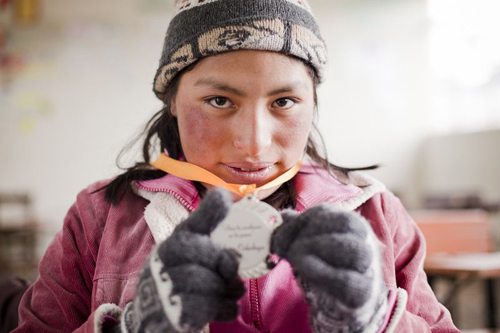
Was there any particular girl’s story that resonated especially with you?
Flicky: It was Suma’s story that resonated with me the most because of the age she was forced into bonded labor and the tasks she had to carry out. I baby-sit for a young girl who only turned 7 a week ago and I imagined her in Suma’s position.
Kaoruko: Suma had to separate from her family and go to work while her brother was able to get a proper education.
Maud: The story that stuck with me the most was that of the Afghani girl. Hearing how she was married off at the age of eleven, and then forced to have children and take care of the household rather than going to school, was heartbreaking.
Rachel: Amina’s section of the movie particularly. Her hopes and dreams for the future reminded me of those of the girls at WISER in Kenya. It was that hope that sparked my passion.
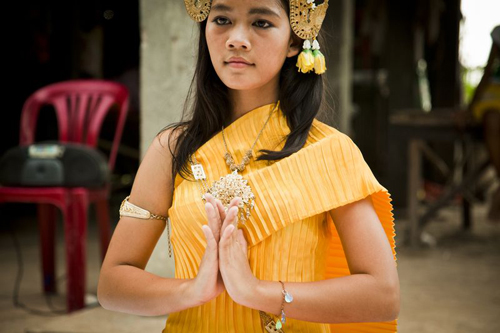
Do you believe it is our responsibility to ensure all girls, regardless of socio-economic background, ethnicity or circumstances, realize their right to a quality education?
Richard: While I do believe it is both our responsibility to do everything we can, and every person’s right to have an education, I’ve actually tried hard to stay away from a rights and responsibilities argument in the film. Not because I don’t believe in it. I believe it with all my heart. But because I don’t think it is the most effective argument to be made on behalf of educating girls. My argument in favor of educating girls is more practical. We should do it because it is an incredibly powerful tool for ending global poverty.
If all girls around the globe could get an education, how do you think that would change the world?
Maud: The world would change and progress drastically. It would benefit the economy greatly. HIV/AIDS rates would plummet. Overpopulation would decrease. Not only would these cultural and health changes occur, they would also be maintained, as the next generation, with educated mothers, will have a much higher chance of being educated.
Kaoruko: If girls could get an education, the world would find new solutions to big problems that concern the world right now.
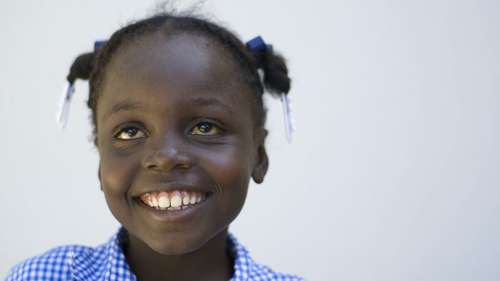
The world has seen protests by girls across Africa and Asia this year and it is clear that in places where girls are treated as second-class citizens, girls are fighting back. What role do you think Social Media has played in helping these girls? Is this a good thing?
Richard: I will tell you that even among the poorest girls we met in our travels, a surprisingly large percentage of them have cell phones. Even in villages that don’t have electricity, people save their money to pay for an hour at a charging station run off a generator. I don’t think it takes a lot of imagination to think about what it means that girls like that can be connected, even through a simple phone.
Ms. Enriquez: It allows even the most seemingly insignificant tale from the most seemingly unimportant person in the most remote corner of the world to be told and heard by many.
Maud: Girls in Africa and Asia will learn about cultural differences and will realize from the spread of information through the Internet that they too should have the same rights.
Flicky: When I “liked” the WISER page on Facebook, a couple of my friends from England asked me what WISER was, so it was social media that led them to understanding the inequality girls face in other parts of the world.
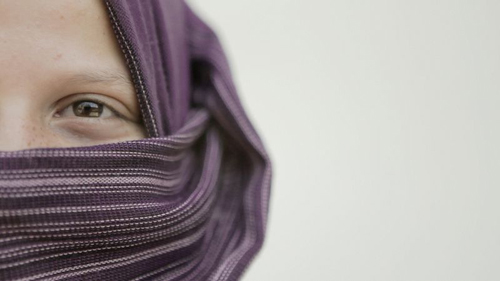
What do you hope girls and boys who view your film will do to help this important cause?
Richard: First is that they simply inform themselves about this issue. Thirty years ago global warming was not widely understood. I like to think that’s where girls’ education is now, although I hope it won’t take us 30 years to reach the level of awareness we need. Second, we hope that people look for ways to get involved. We are at the dawn of a new era for individual philanthropic engagement. Individuals with skills, ideas, and money can make a dramatic difference half a world away. And finally we need people to demand change on a policy level. Right now the United States spends less than 2 cents of every development dollar on programs for girls. That simply isn’t enough.
Now that the girls in this film have come forward to tell their stories, what do you believe we can do to help their cause?
Rachel: After traveling to Kenya and creating personal bonds with the girls at WISER, I understand that money is a strong way to help girls looking for an education. I have learnt that support to each individual girl brings them strength and power.
Flicky: I think the most important thing people can do to help the girls’ cause is to spread even more awareness and to join groups.
Kaoruko: Donate pencils, notebooks and any other school equipment that a child can use.
Maud: I’m already involved in the WISER group supporting girls’ education. I now know I want to continue supporting girls’ education.
Ms. Enriquez: I believe in education. Spread the word that there are girls rising — tell your friends, family, neighbors, community. Tell them about their stories; tell them about the film Girl Rising.
For information on the campaign to educate girls in developing nations.
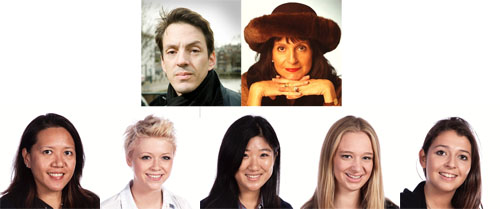
All photos are courtesy of Girl Rising and The Dwight School.
In The Global Search for Education, join me and globally renowned thought leaders including Sir Michael Barber (UK), Dr. Michael Block (U.S.), Dr. Leon Botstein (U.S.), Professor Clay Christensen (U.S.), Dr. Linda Darling-Hammond (U.S.), Dr. Madhav Chavan (India), Professor Michael Fullan (Canada), Professor Howard Gardner (U.S.), Professor Andy Hargreaves (U.S.), Professor Yvonne Hellman (The Netherlands), Professor Kristin Helstad (Norway), Jean Hendrickson (U.S.), Professor Rose Hipkins (New Zealand), Professor Cornelia Hoogland (Canada), Honourable Jeff Johnson (Canada), Mme. Chantal Kaufmann (Belgium), Dr. Eija Kauppinen (Finland), State Secretary Tapio Kosunen (Finland), Professor Dominique Lafontaine (Belgium), Professor Hugh Lauder (UK), Professor Ben Levin (Canada), Lord Ken Macdonald (UK), Professor Barry McGaw (Australia), Shiv Nadar (India), Professor R. Natarajan (India), Dr. Pak Tee Ng (Singapore), Dr. Denise Pope (US), Sridhar Rajagopalan (India), Dr. Diane Ravitch (U.S.), Richard Wilson Riley (U.S.), Sir Ken Robinson (UK), Professor Pasi Sahlberg (Finland), Andreas Schleicher (PISA, OECD), Dr. Anthony Seldon (UK), Dr. David Shaffer (U.S.), Dr. Kirsten Sivesind (Norway), Chancellor Stephen Spahn (U.S.), Yves Theze (Lycee Francais U.S.), Professor Charles Ungerleider (Canada), Professor Tony Wagner (U.S.), Sir David Watson (UK), Professor Dylan Wiliam (UK), Dr. Mark Wormald (UK), Professor Theo Wubbels (The Netherlands), Professor Michael Young (UK), and Professor Minxuan Zhang (China) as they explore the big picture education questions that all nations face today. The Global Search for Education Community Page
C. M. Rubin is the author of two widely read online series for which she received a 2011 Upton Sinclair award, “The Global Search for Education” and “How Will We Read?” She is also the author of three bestselling books, including The Real Alice in Wonderland.


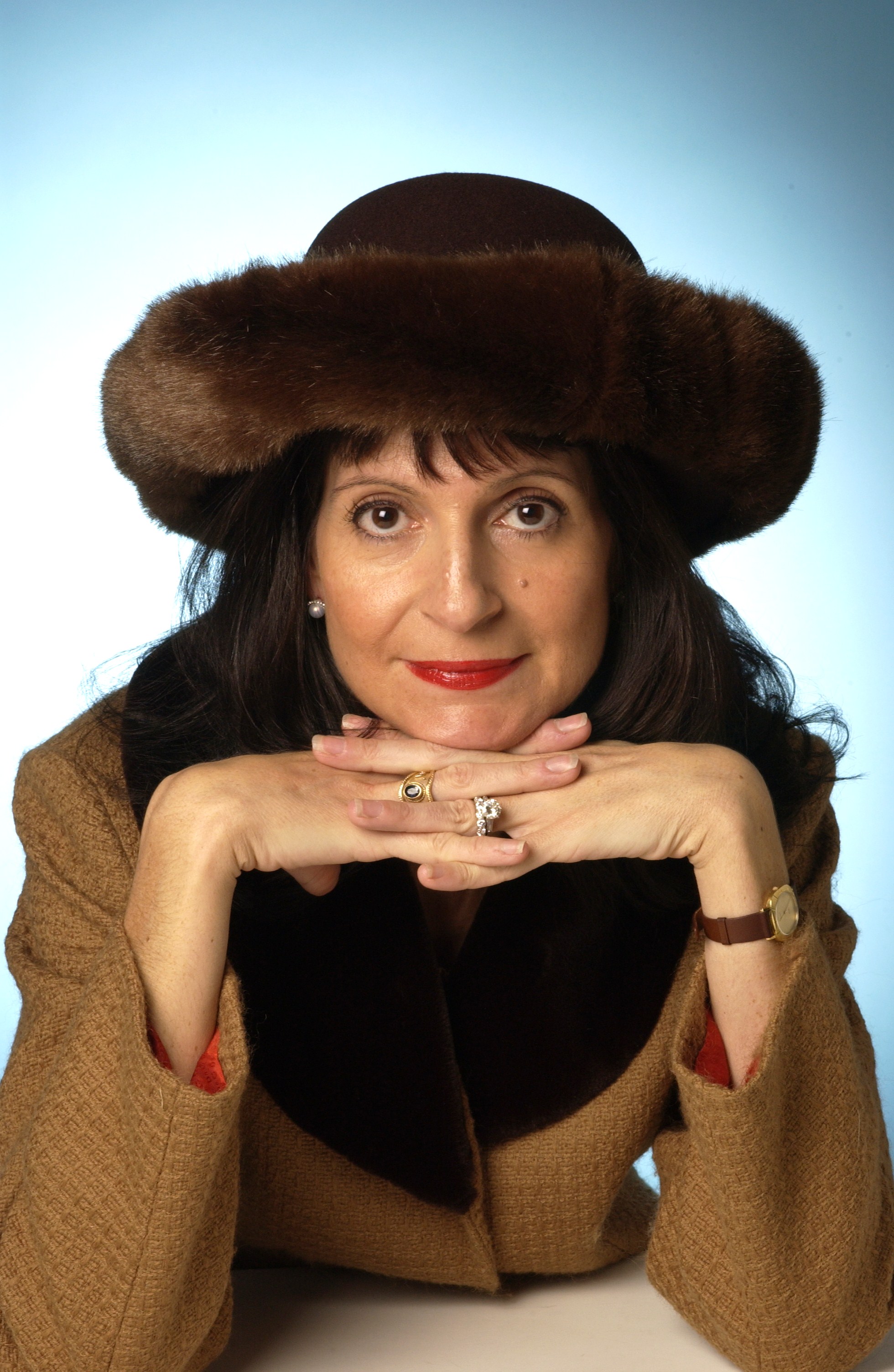

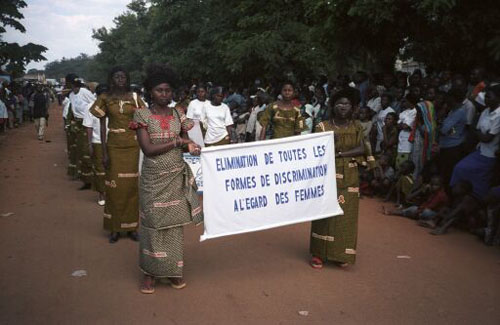
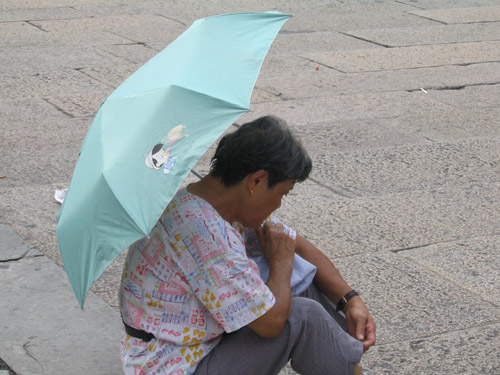
Recent Comments